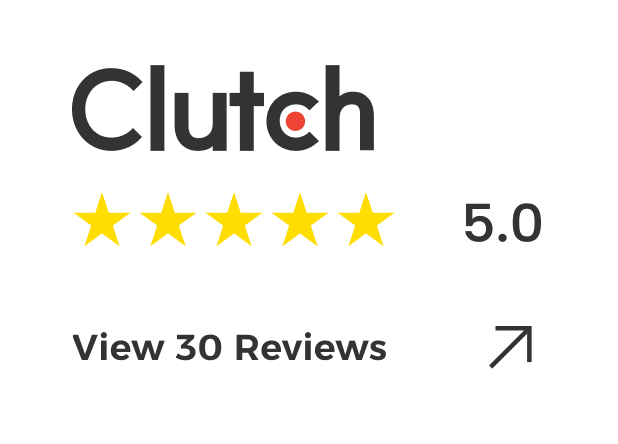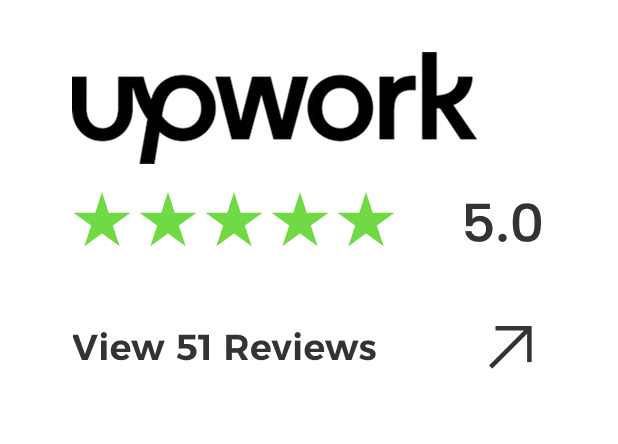SaaS product for DevOps
Robusta
SaaS product designed to assist DevOps
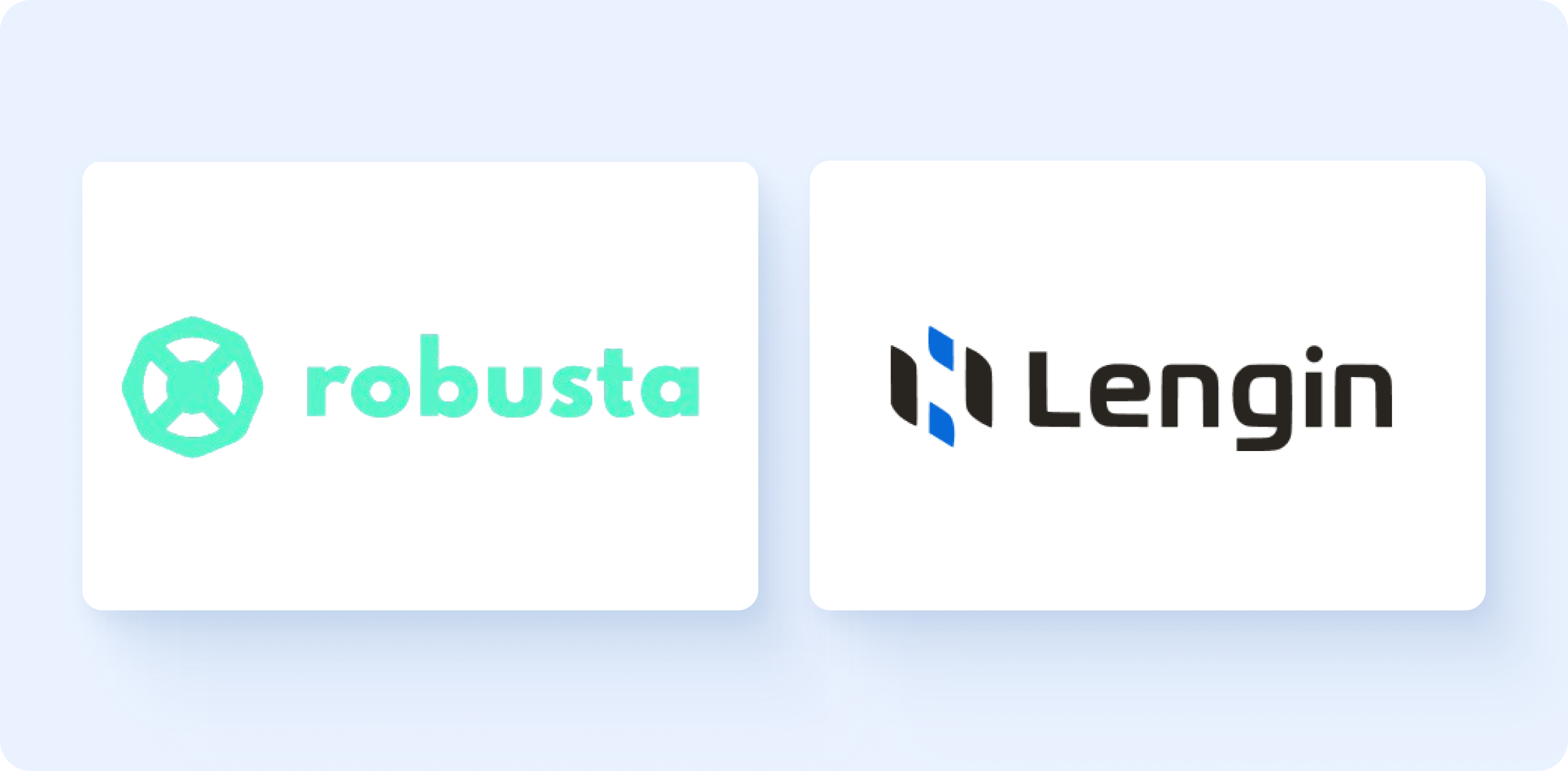
Overview
“My number one concern was around quality, but the output speaks for itself. It’s more like a real partnership.”
Natan Yellin
CEO, Robusta
Requirements
Our solution
Robusta needed a product that could serve senior Kubernetes engineers but also remain intuitive for less experienced DevOps professionals.
We built a front end that translates complex cluster data into clear dashboards, alerts, and resource views, making Kubernetes insights actionable for both advanced and junior engineers.
As the platform was growing fast, the front end had to keep up with frequent feature changes without breaking existing workflows.
We created an adaptive delivery model, implementing a flexible front-end architecture with Vue.js and TypeScript to support continuous feature evolution.
Some clusters hosted tens of thousands of applications, which put huge stress on UI rendering and responsiveness.
To eliminate UI stutters on large clusters, we introduced virtualization and efficient rendering patterns, ensuring smooth performance even with 30k+ running apps.
DevOps teams depend on real-time alerts and dashboards. Any delay or inconsistency in the UI could undermine the credibility of the product.
We enhanced troubleshooting features (YAML file handling, copy/download/search, cluster comparison) to ensure DevOps teams could act with speed and confidence during critical incidents.
About Our Client

Robusta is an exceptional company that truly embodies the spirit of “living and breathing open source, Prometheus, and Kubernetes.” They boast a tightly-knit team driven by a singular mission: assisting DevOps professionals in tackling the intricate challenges frequently encountered in complex projects.
When we joined Robusta, the product team was much smaller than it is today. The functionality was rapidly evolving, and we had to swiftly adapt to the changing landscape, enhancing the application. The application heavily relied on the front end to manage a significant portion of critical business logic.
What Robusta’s App is All About?

Describing the full functionality in a single portfolio is a challenging task. However, when our initial front-end developer, Yuriy, joined the project, the application had already been running for nine months. Comparing its current state, after 1.5 years, it bears no resemblance to its earlier version.
As previously mentioned, Robusta caters to DevOps needs, serving as an all-in-one Kubernetes solution for monitoring and managing. It empowers you to gain insights into your cluster’s real-time performance:
Identify reliability and cost-related issues.
Access ready-to-use dashboards and alerts.
Dive deep into Kubernetes resources.
The Vital Role of Front-End Development

While this application serves the high-tech needs of DevOps, it boasts a user-friendly interface deliberately avoiding complex vocabulary. We aimed to ensure accessibility and ease of users with a small experience in Kubernetes. Notice that all functions are grouped conveniently, enabling swift navigation across the app.
Front-end development played a pivotal role in this application, handling a big part of the business logic. Through a web-socket connection, the app processes unfold as follows: the client sets up Robusta on their Kubernetes cluster, and the UI sends a request to the relay, which then communicates with the cluster. The cluster responds to the relay, which in turn relays the response back to the UI.
Cluster Comparison – The Initial Challenge
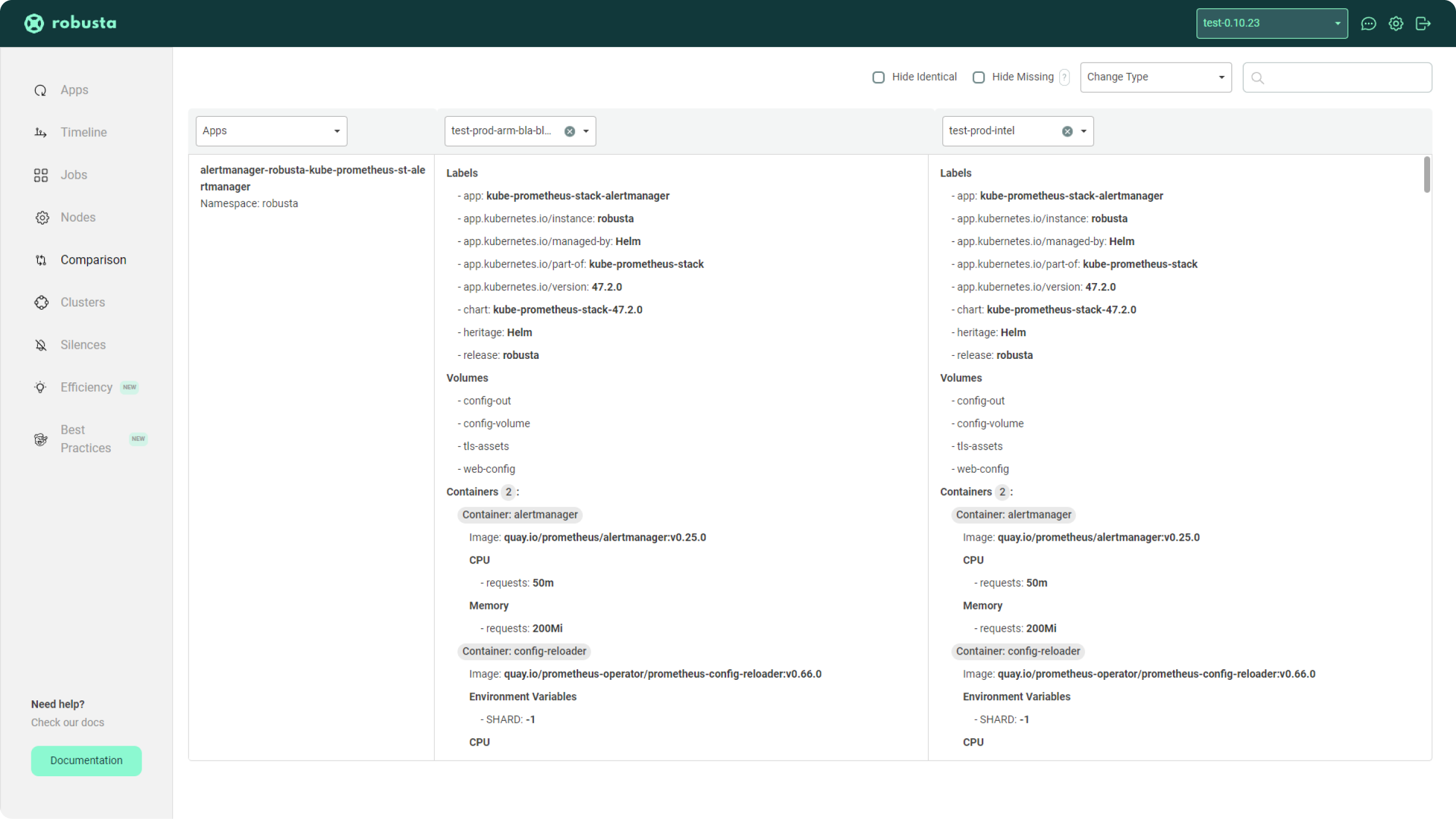
Upon joining Robusta, our specialists were tasked with a significant project – creating a function to display and compare two or more clusters: those that are in production and on development.
Troubleshooting
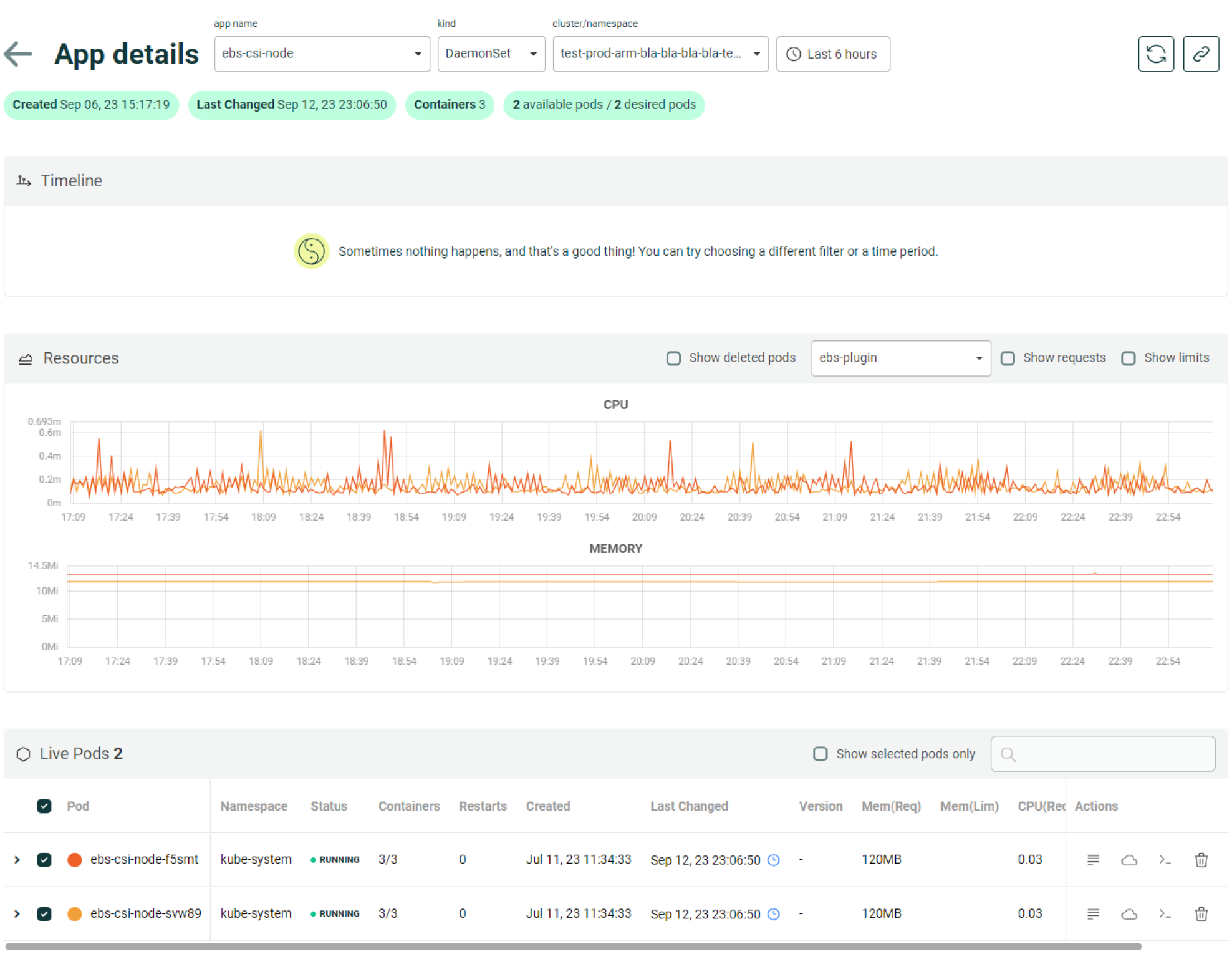
To view YAML files, we initially implemented a syntax highlighting library. However, we later realized the need to provide the ability to copy, download, and perform standard searches with result navigation. To achieve this, we created a separate component where you can open these YAML files.
We also encountered performance issues such as stutters when displaying drop-down menus and tables on heavy clusters, which hosted over 30 thousand running applications. The efficient solution was to implement virtualization.
Kubernetes Resource Integration
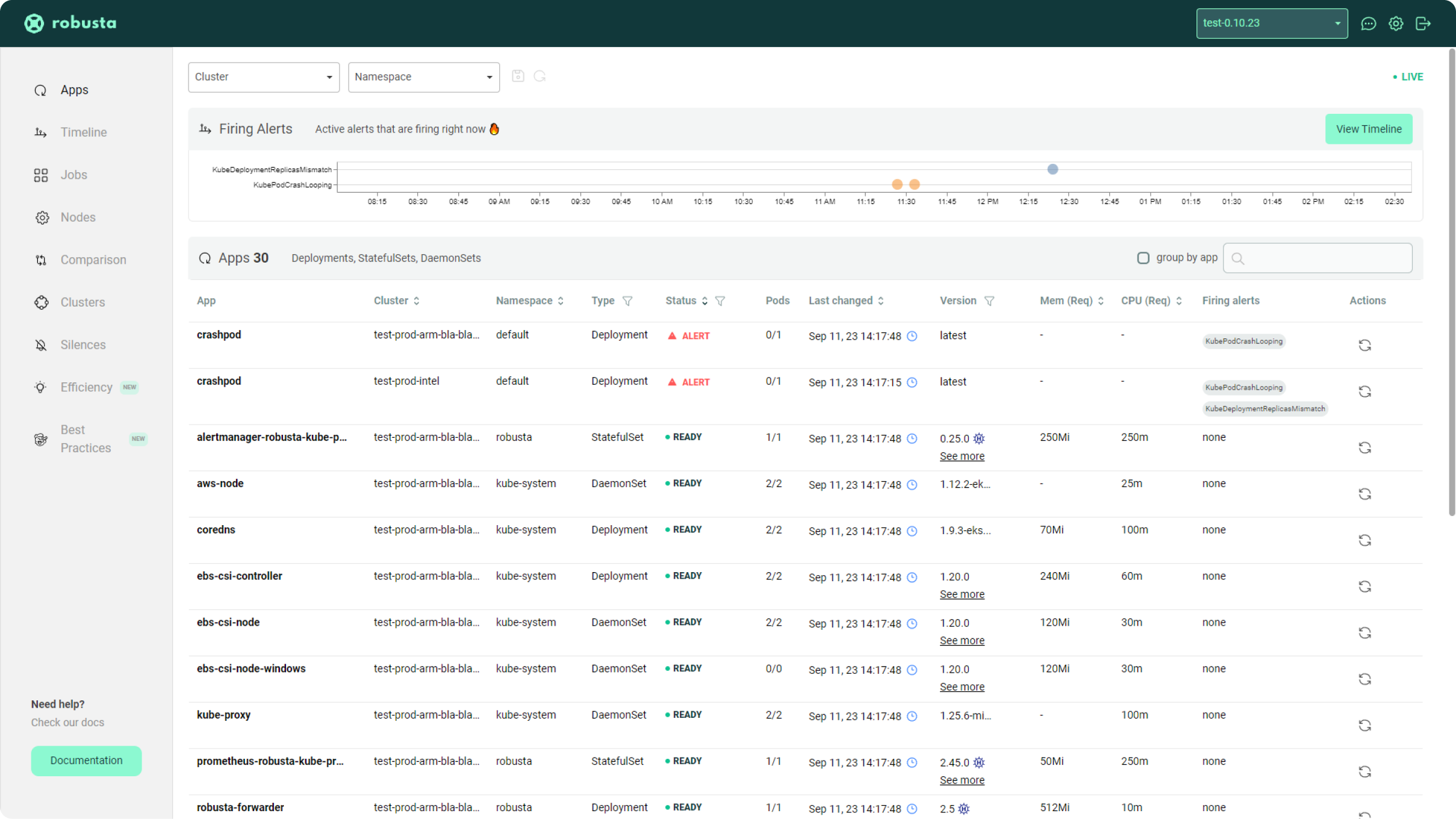
Our subsequent milestone involved the seamless integration of Kubernetes resources into Robusta. With this enhancement, users could monitor all live applications within a cluster and concise alerts for any application encountering issues. Also, users can restart the app directly from the UI.
The key details available included:
Application Name
Cluster and Namespace
Status and Version
Firing Alerts
Pods
VRAM and CPU usage
Results:
→ Enabled Robusta to handle 30k+ running apps per cluster without UI lags, turning performance bottlenecks into smooth real-time monitoring for DevOps teams.
→ Transformed a rapidly evolving prototype into a production-grade SaaS platform, now adopted by commercial clients and trusted for critical Kubernetes operations.
→ Grew our developer into a tech lead inside Robusta, proving the long-term value of consistent delivery, knowledge transfer, and true partnership.




